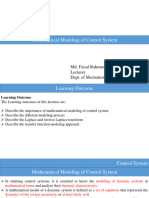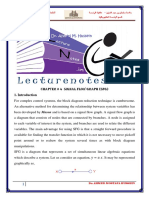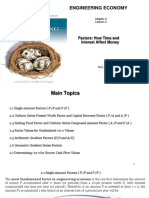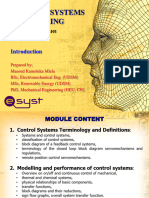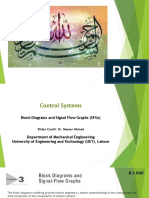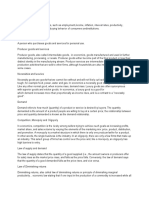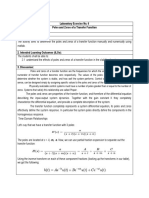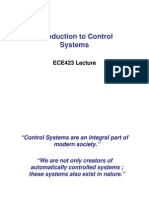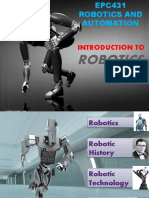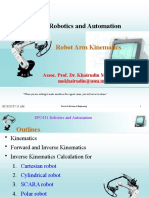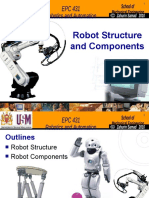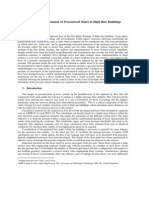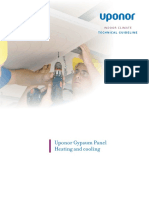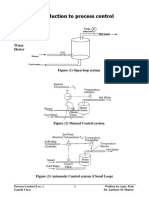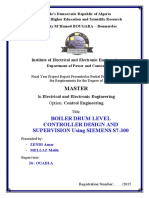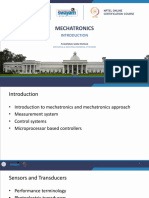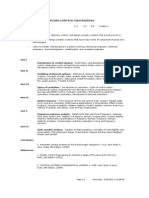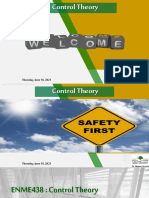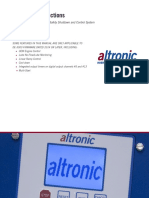0% found this document useful (0 votes)
263 views11 pagesIntroduction to Control Systems
This document provides an introduction to control systems and feedback control. It discusses key concepts such as open-loop and closed-loop control systems, and how feedback is used to reduce errors and improve performance. Multi-loop and multi-variable control systems are also introduced. The document concludes with examples of control systems and an assignment for students to analyze the components and working principle of a float regulator mechanism.
Uploaded by
OngCopyright
© © All Rights Reserved
We take content rights seriously. If you suspect this is your content, claim it here.
Available Formats
Download as PPTX, PDF, TXT or read online on Scribd
0% found this document useful (0 votes)
263 views11 pagesIntroduction to Control Systems
This document provides an introduction to control systems and feedback control. It discusses key concepts such as open-loop and closed-loop control systems, and how feedback is used to reduce errors and improve performance. Multi-loop and multi-variable control systems are also introduced. The document concludes with examples of control systems and an assignment for students to analyze the components and working principle of a float regulator mechanism.
Uploaded by
OngCopyright
© © All Rights Reserved
We take content rights seriously. If you suspect this is your content, claim it here.
Available Formats
Download as PPTX, PDF, TXT or read online on Scribd
/ 11
